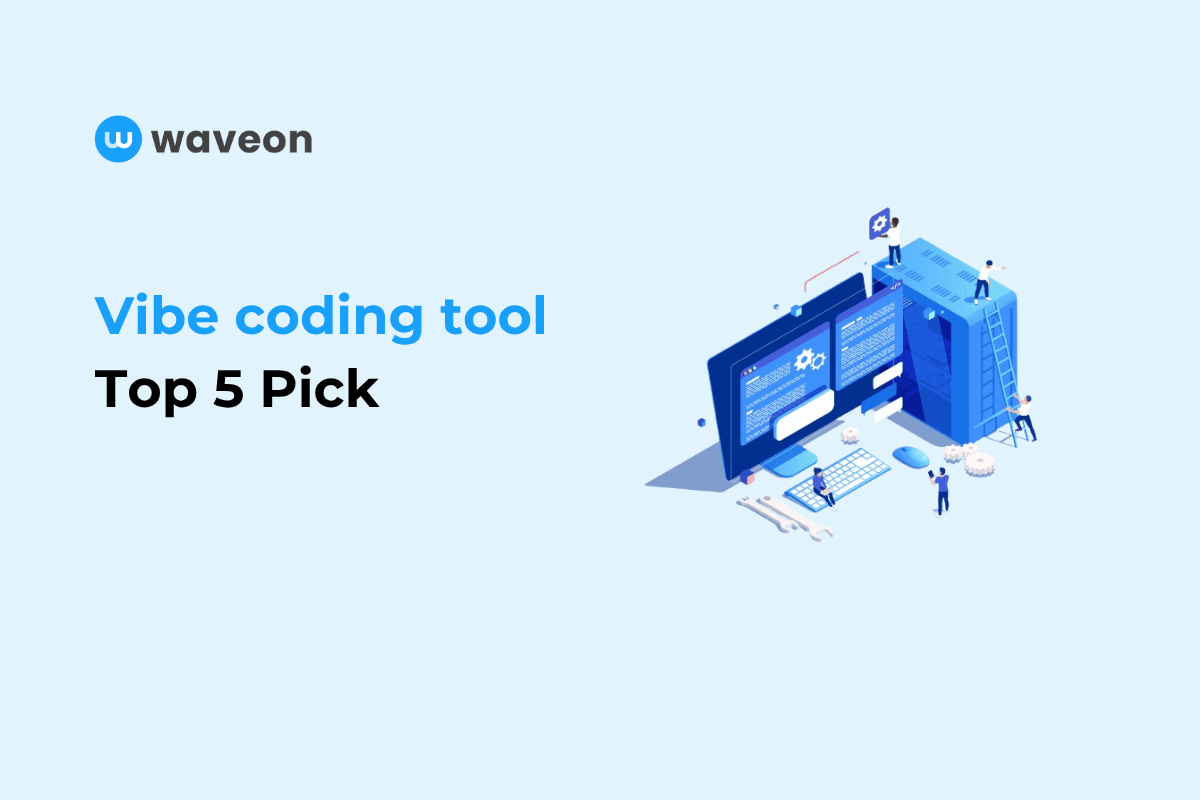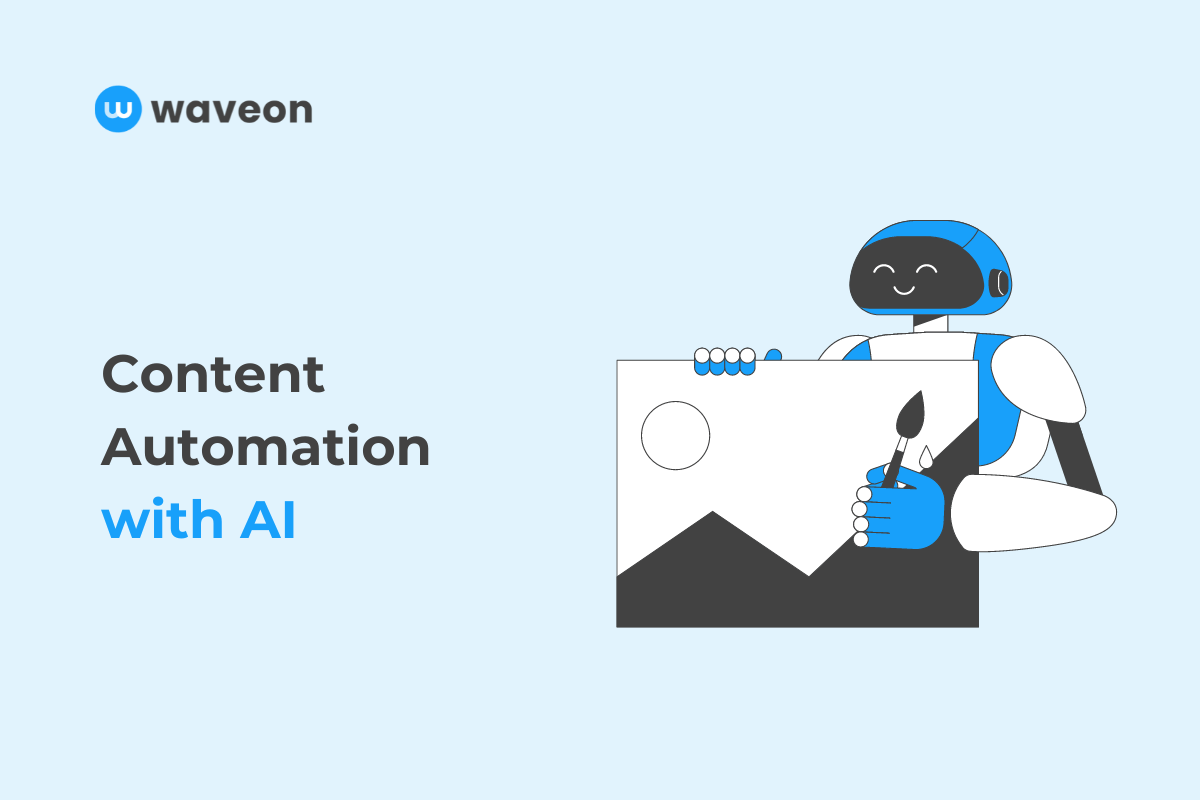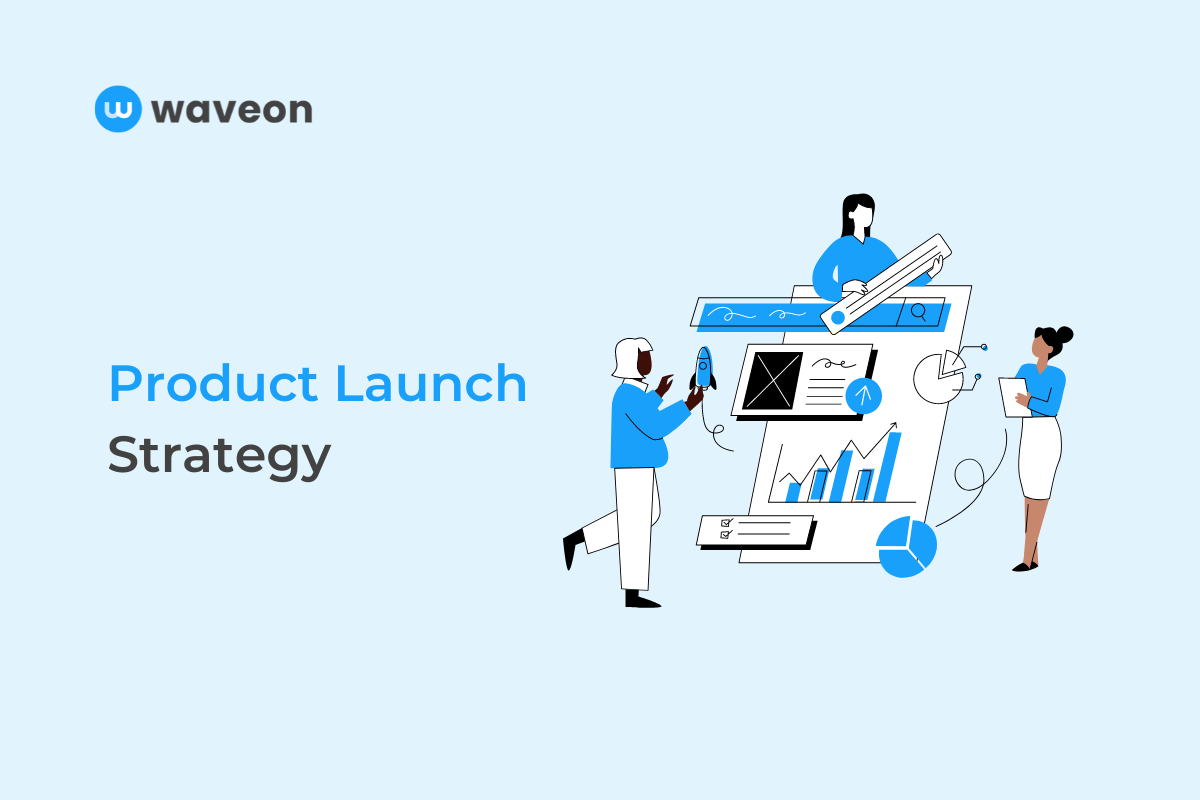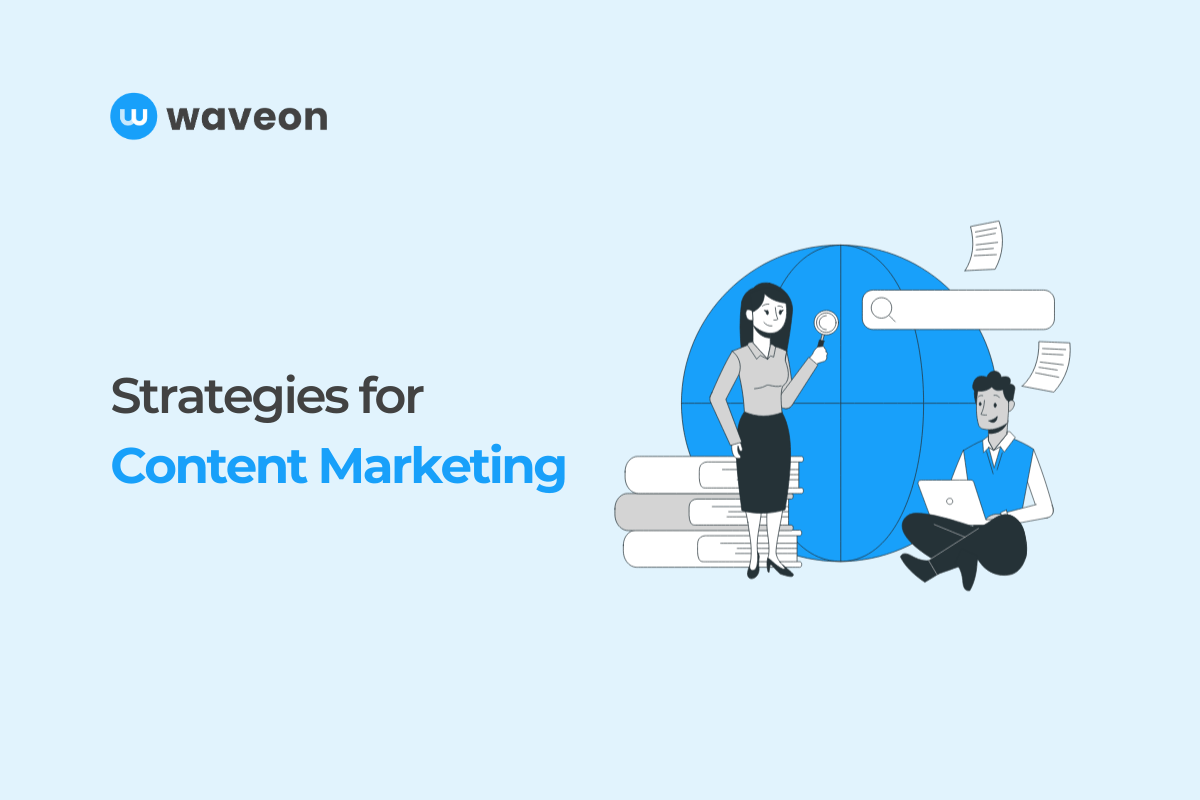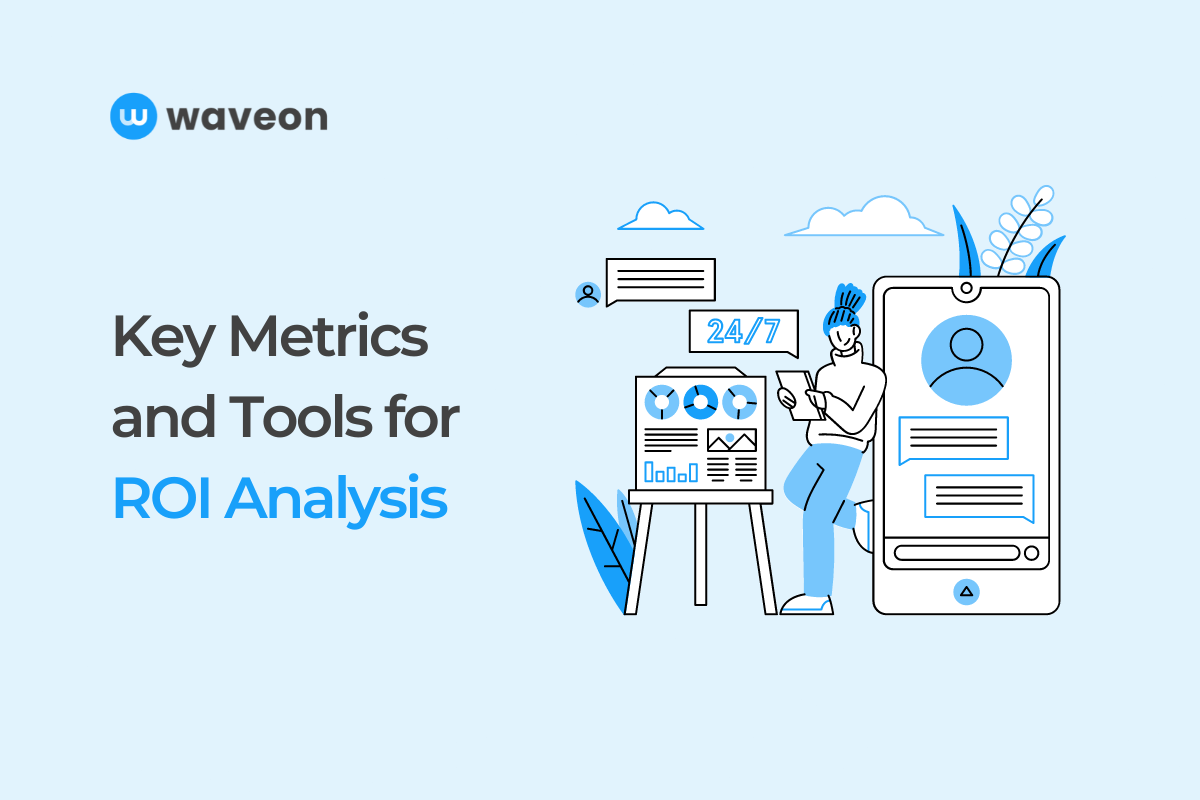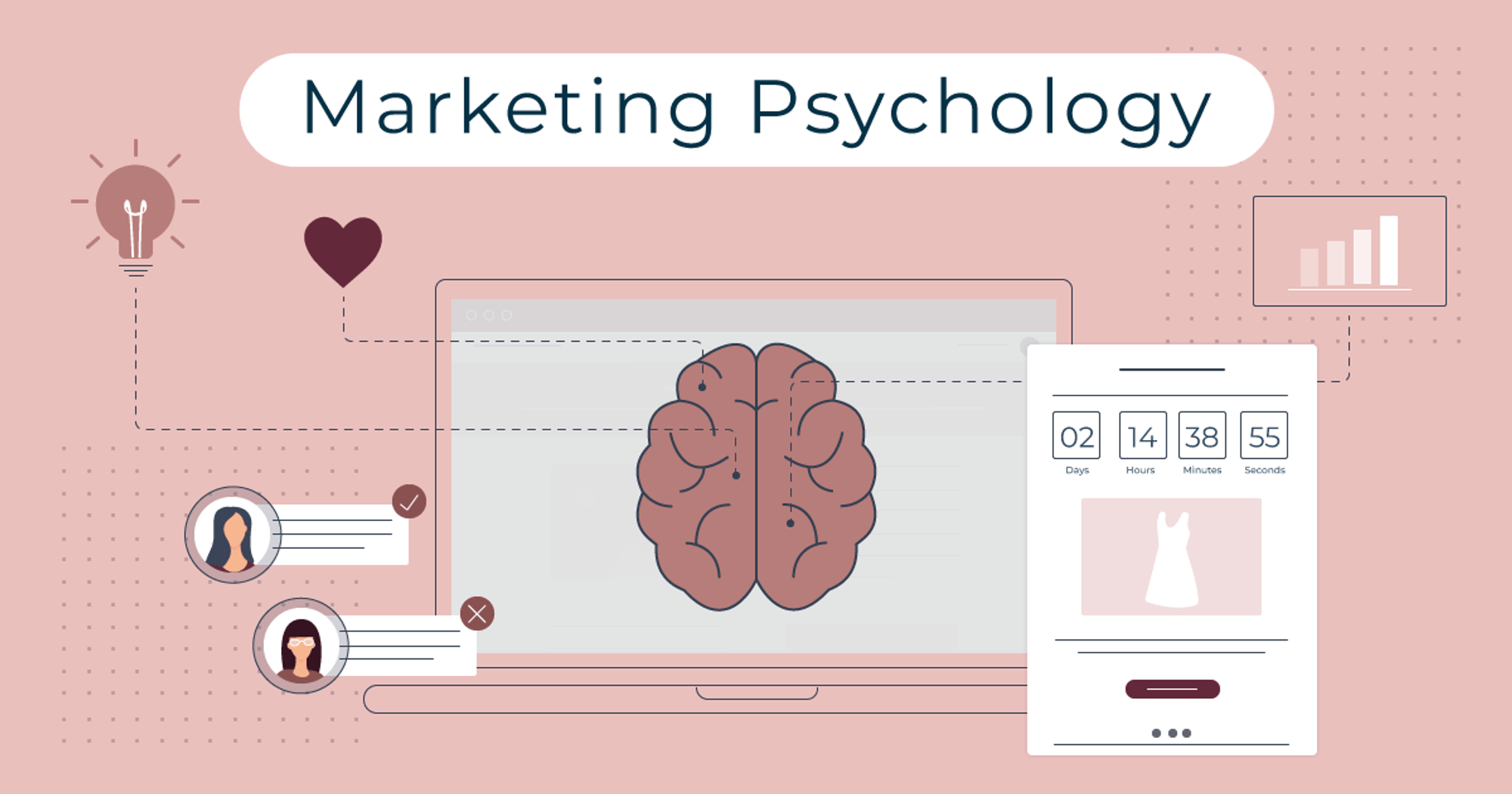Insight
Complete Analysis of Liquid Consumption
Waveon Team
2023.05.03.
0 min read
TABLE OF CONTENTS
What is liquid consumption?

The term was introduced in a paper by two British economists in 2017, and it means that consumption patterns are not fixed. Nowadays, consumers do not maintain loyalty to a single brand; instead, they explore various brands, reacting sensitively to price and trends, resulting in no fixed purchasing patterns. This is different from 'solid consumption,' which implies standardized and consistent consumption patterns. Liquid consumption is characterized by a significant amount of instant consumption.
Characteristics of liquid consumption culture
Liquid consumption emerged as sharing economy, subscription economy, platform era, and value-based consumption services and cultures became established after the 2010s. As global interest in subscription and sharing economies increased, people began to question the necessity of ownership, leading to a shift in consumption culture towards sharing and experiences. This gave rise to liquid consumption.
Notable services such as Uber, Airbnb, and Netflix emerged, leading to a decrease in the need for owning cars and renting offices. Instead, people chose to use shared offices with convenient facilities by paying a monthly fee. Through Airbnb, travelers could experience local culture by staying in actual living spaces instead of hotels, and locals could earn income by renting their homes.
As sharing and subscription economies flourished, consumers naturally changed their consumption patterns, favoring sharing and renting over ownership.
This resulted in characteristics of liquid consumption culture, such as
1. Short product trend cycles
2. Consumers easily switching products
3. Low brand loyalty.
The sharing economy has grown significantly, with the global market increasing 45-fold in the last decade, from $3.5 billion in 2010 to $156 billion in 2021. This growth is expected to continue, reaching around $600 billion by 2027. The decline in ownership is also evident in younger generations, with lower rates of home and car ownership and fewer people obtaining driver's licenses.
From a marketer's perspective
From a marketer's perspective, there are three main points to discuss regarding liquid consumption:

1. Consumers enjoying liquid consumption
Consumers are smart and do not commit to one place, constantly keeping companies on their toes. They use multiple apps to shop and base their purchasing decisions on the first company to offer a coupon. They are more interested in trendy items than expensive ones, seeking the latest trends, cost-effectiveness, and practicality across various brand platforms.
2. Companies adapting to liquid consumption
Companies would prefer consumers to stay loyal to their app, but they understand that this is no longer realistic. Trends can change rapidly, and companies need to be cautious with investments. Many businesses have suffered losses due to overexpansion in response to temporary popularity.
3. Normalization of instant consumption
Trends in the fashion industry used to last for three months in the early 2000s, but by 2019, they were down to three weeks. Short-form content on platforms like TikTok, Shorts, and Reels contributes to this instant trend phenomenon.



